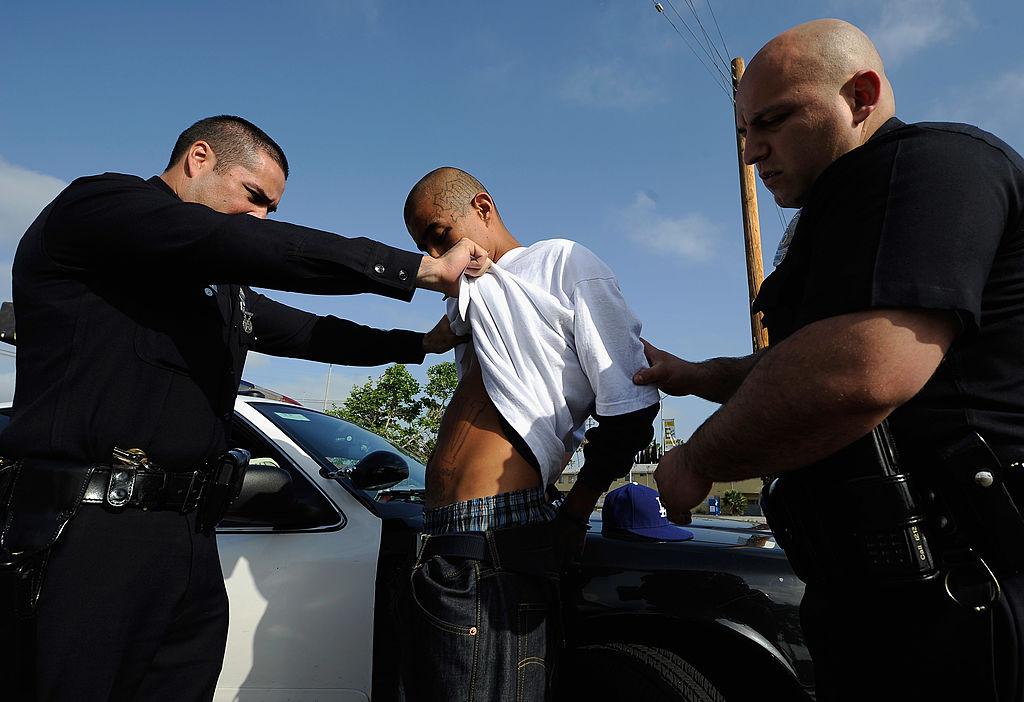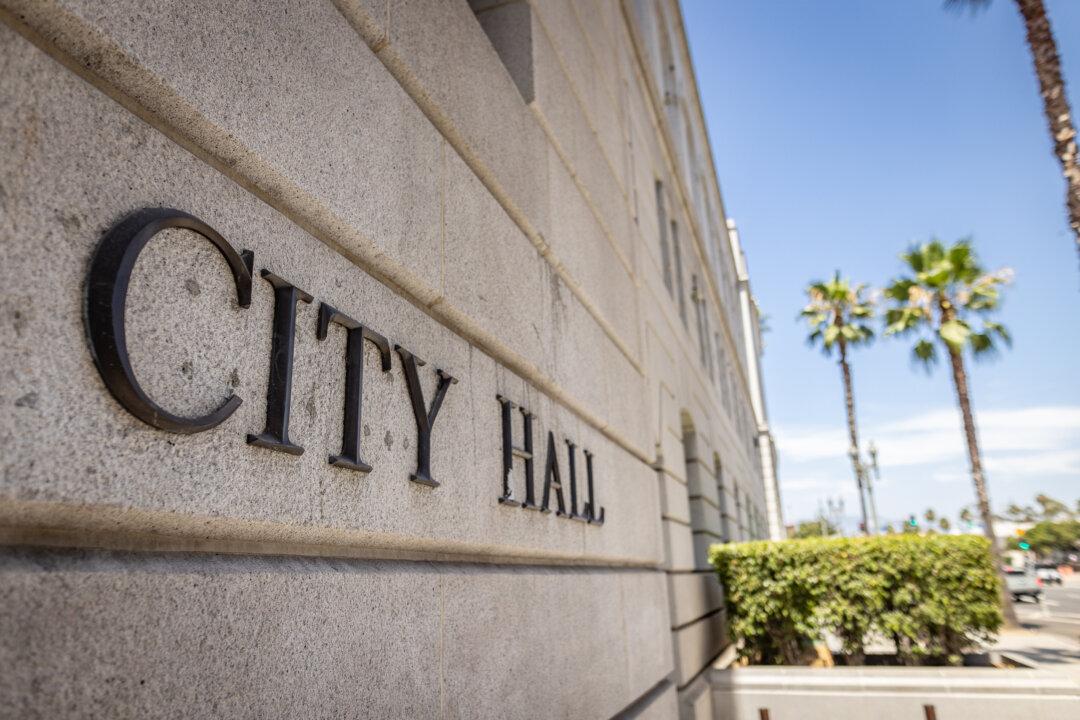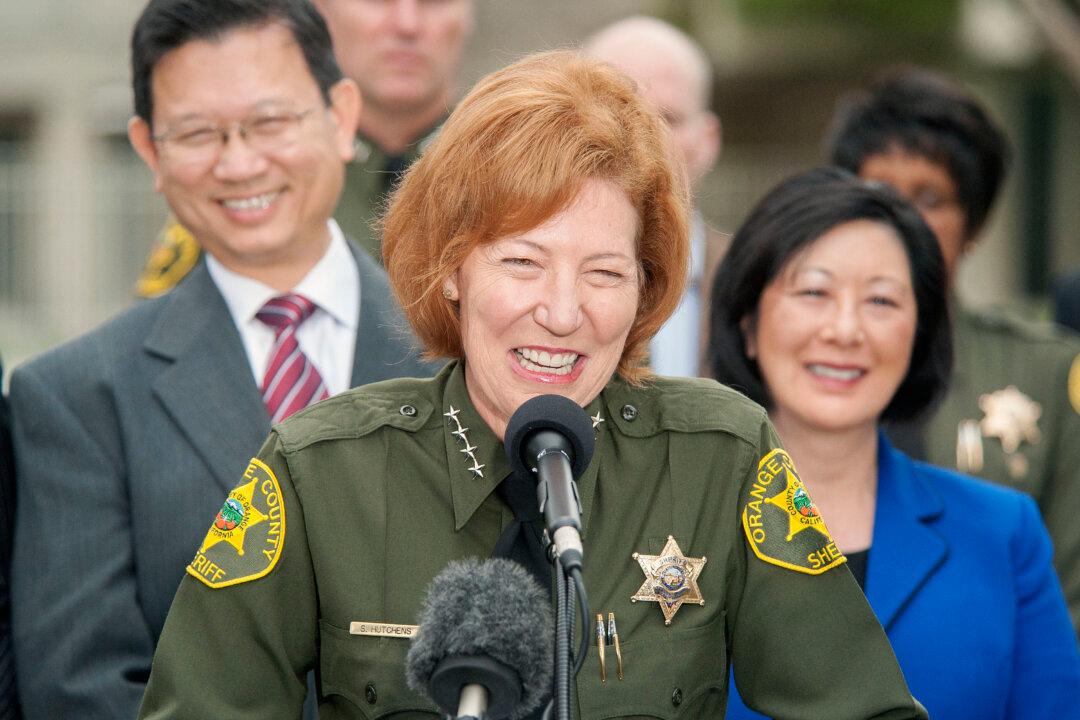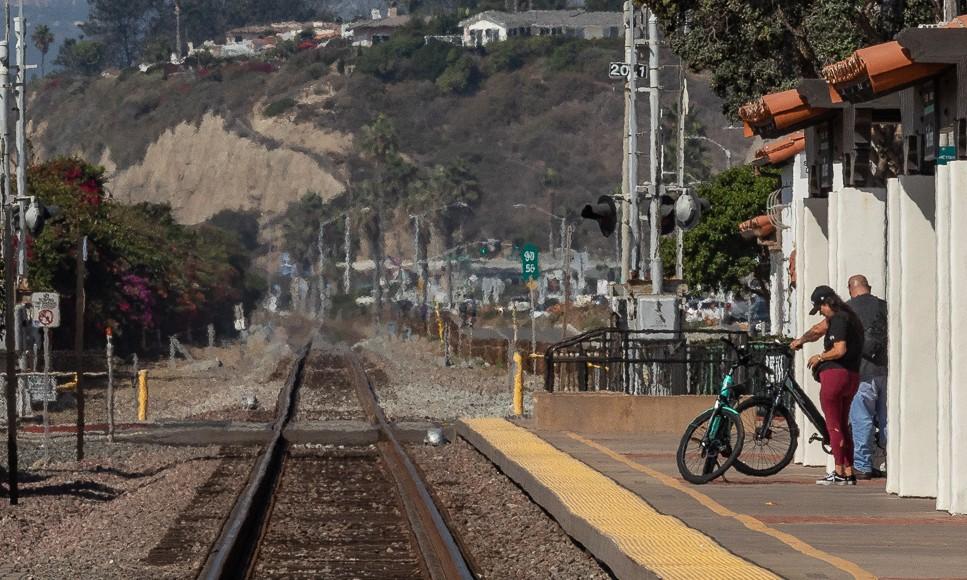LOS ANGELES—Crime has been going up in California, and some members of law enforcement and their support organizations are blaming a series of changes to California’s criminal justice system in recent years.
Violent crime in California increased 10 percent and property crime increased 8.1 percent from 2014 to 2015, according to the California Office of the Attorney General. In Los Angeles, violent crime increased three years in a row, rising 69.5 percent since 2013, according to the Los Angeles Police Department (LAPD).




